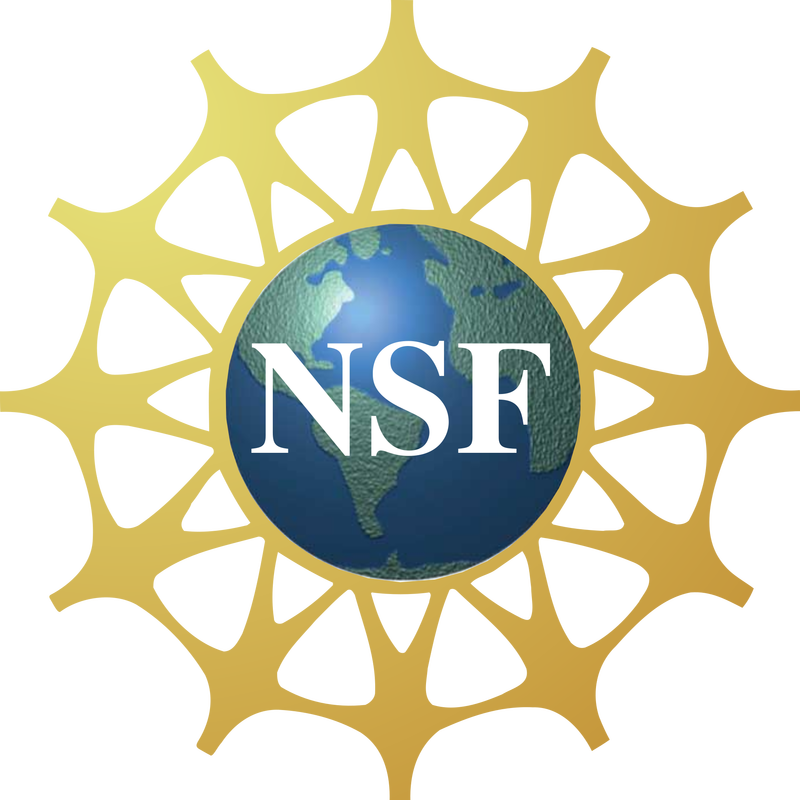Problem
A label or information on the label is provided in a foreign language other than English, such as Spanish, German, French, or Latin.
Our Solution
When you find non-English labels, transcribe these exactly as written; do not translate to English. Match label content to transcription fields as best as you can. If you happen to speak or understand the language presented on the label, you can provide a translation in square brackets [ ]. For example, if you find "flores de color lila claro" on the label, you can type it as: "flores de color lila claro [light purple flowers]".
